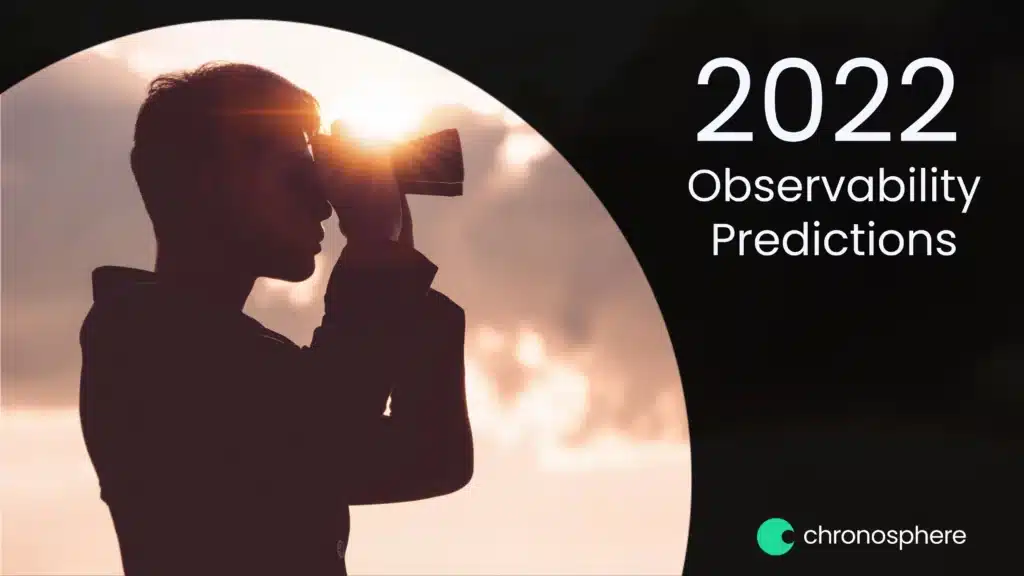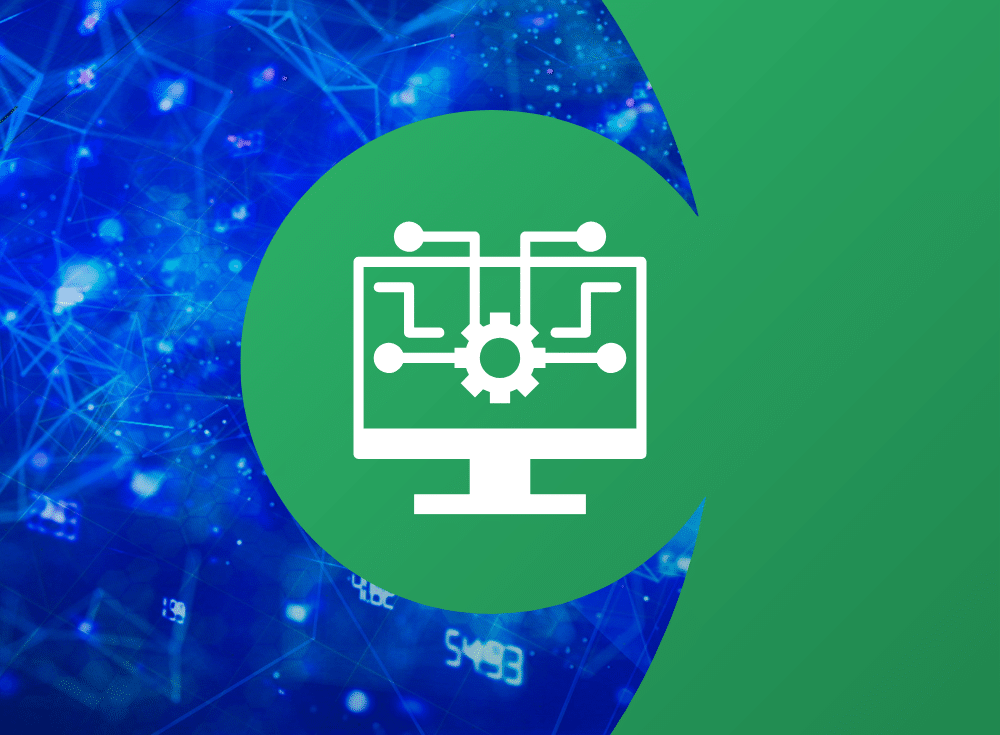Prediction 1: OpenTelemetry adoption
What a year 2021 was for the cloud-native and observability space! Over the past year we’ve seen a significant increase in adoption of cloud-native, leading many organizations to rethink their observability strategies. We’re not alone in seeing this spike in cloud-native, in a recent report from the CNCF, they found that the number of developers using Kubernetes increased 67% in 12 months.
Enough looking at the past, let’s look to the future and what the next year holds for the observability space.
OpenTelemetry adoption will reach critical mass, driving in the nail in the Application Performance Monitoring (APM) coffin. OpenTelemetry, which graduated to incubation status in the CNCF earlier this year, has been steadily gaining adoption over the past few years and we believe that 2022 will be a breakthrough year for the standard. Why is 2022 the year this will happen?
The OpenTelemetry libraries have been steadily improving and have now reached a point of maturity where more organizations are comfortable with adopting it. On top of that, the majority of organizations are centralizing their approach to observability, making it easier to rollout and propagate instrumentation. With ubiquitous adoption of OpenTelemetry, distributed tracing, which has been held back by limited adoption of standards, can start to deliver on its promise.
Prediction 2: Central observability teams
Expect central observability team functions to become the norm, not just for tech giants.
Over the past few years, a new role has emerged in many of the large cloud-native companies: the central observability team. This team is the central hub across all of the different business units and teams and supports the engineers and developers involved with delivering services to end users.
This team is responsible for defining observability standards and practices, delivering key data to engineering teams and managing the tooling and storage of observability data, among other things. To date, this team has primarily existed in the large cloud-native companies like DoorDash, but in 2022, we expect to see this function proliferate to the enterprise as well as these companies ramp up their observability practices alongside the move to cloud-native.
Prediction 3: Observability data growth
Observability data growth will force companies to re-examine their current approach. An increasingly common complaint in the cloud-native space is that the observability data (volumes of metrics, logs, and traces) is outpacing the growth of the primary production systems and infrastructure. We typically see cloud-native systems emitting between 10x and 100x more telemetry than non-cloud-native systems. As this trend continues unchecked, organizations are finding that they’ve reached an unacceptable tipping point.
We expect this tipping point to come to fruition in 2022 as accelerating adoption of Kubernetes drives unsustainable growth of observability data. The only way to tame this growth is to examine the trove of data being produced and use various tools and techniques to gain a deeper understanding of the raw data, their use cases and their usage patterns in order to optimize the data.
That’s all for now, I’m excited to see what 2022 will bring. Make sure you check out our monthly observability news roundups to keep track of everything that’s happening in this fast-paced space.




